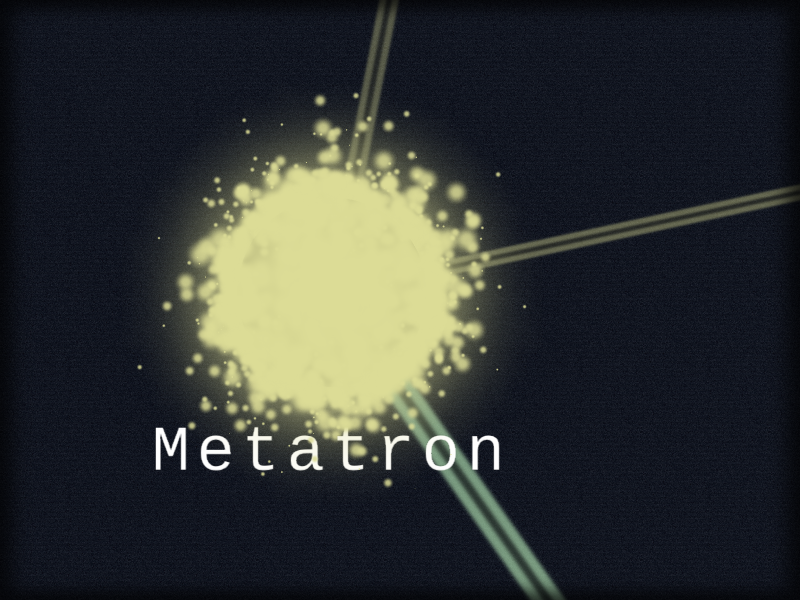I’ve been experimenting with Perlin noise (Simplex noise, actually), and came up with these images using a tool that I have in development. I’m having a little trouble getting my 2D output to map to a nice sphere. However, they should animate pretty readily. Perhaps there is a way to blend an animation of something like one of these with another graphic to get something really sweet.
(The graphics data is generated and used as a source for a BufferedImage. Nothing else from Java2D was used.)
http://hexara.com/Images/solar.JPG
For this one, it works well if you put a well-aliased black disc in front to make an eclipse-type of effect. 8)
http://hexara.com/Images/solar2.JPG
I don’t know what this is, just messing with the settings of the tool.
http://hexara.com/Images/fieryfuzzball.JPG
Playing around with the radial gradient setting, it is possible to compress the color transitions to a point that is rounder, but the body of the sun looks kind of flat to me. But it might look nice with the edges animating. Yes, easy to scale to a smaller size.
http://hexara.com/Images/solar3.JPG
Well, that was fun! 
[EDIT: Simplex noise algorithms can be used for 3D, and animated via a 4th dimension. It has been used to make some outstanding planets, as can be seen in Ken Perlin’s slide presentation:
http://www.noisemachine.com/talk1/19.html]


